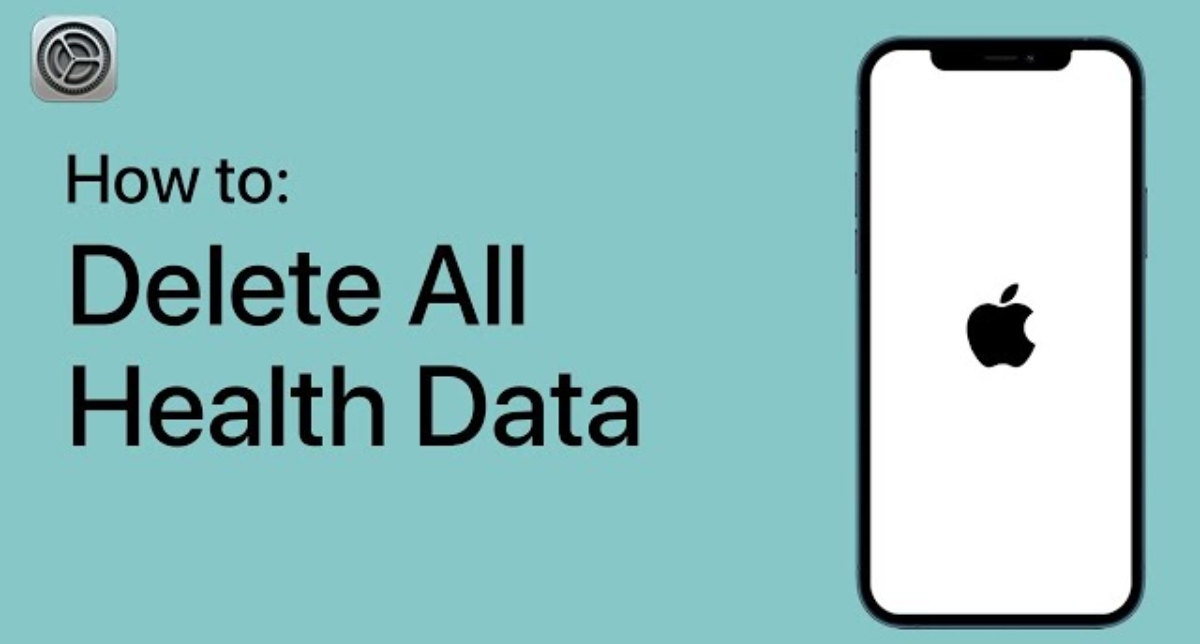In the digital age, health data has become a crucial aspect of our daily lives, especially with the increasing use of health-related apps on devices like the iPad. However, there are times when you may need to delete this data for privacy reasons or to free up space. Here’s a step-by-step guide on how to delete health data from your iPad.
Understanding Health Data on iPad
The Health app on the iPad consolidates health data from your iPhone, Apple Watch, and other apps that you use. This includes information on your activity, sleep, nutrition, and more. While this data can be valuable, it’s important to know how to manage and delete it if necessary.
Steps to Delete Health Data
1. Open the Health App
First, locate and open the Health app on your iPad. The icon resembles a white background with a red heart.
2. Access Your Profile
In the Health app, tap on your profile picture or initials in the upper-right corner of the screen. This will take you to your profile where all your health data is stored.
3. Navigate to Health Records
Scroll down and tap on “Health Records.” Here, you will find a list of health data categories such as lab results, medications, and more.
4. Select the Data to Delete
Choose the specific category of health data you wish to delete. For instance, if you want to delete your activity data, select the “Activity” category.
5. Delete Specific Entries or Entire Categories
You have two options here:
- Delete Specific Entries: Tap on the specific entry you want to delete, then tap “Edit” in the top right corner and select “Delete.”
- Delete Entire Categories: To delete all data in a category, tap “Show All Data,” then tap “Edit” and “Delete All” to remove all entries.
6. Confirm Deletion
A confirmation prompt will appear asking if you are sure you want to delete the selected data. Confirm your choice, and the data will be permanently deleted from your iPad.
7. Review Third-Party Apps
If you use third-party apps that sync with the Health app, ensure you also delete any health data stored within those apps. Go to the app settings and look for options to clear or delete stored data.
Limitations of Manually Deleting Log Files in Windows 10
- Time-Consuming: Most of the time can be spent in trying to locate the directories and deletion of log files through the various directories.
- Risk of Error: Possible: The further disadvantage contains the actual possibility to delete files and directories on purpose and on accident, that leads to instabilities in the system or even loss of data.
- Incompleteness: Using manual methods can lead to overlook of the some log files including those which are well hidden or those found in obscure folders.
- No Automation: Despite the advantages of manual deletion, there are certain shortcomings: the procedure does not include automation, and you will have to delete log files independently rather frequently.
Expert Solution for Secure Deletion
If you want to make sure that your information is thoroughly deleted or if you are planning on disposing your iPad or passing it on to someone else, then there are professional data erasing applications that can do the job. Lastly, the SysTools Data Wipe Software can greatly assist in the guarantee that the health data owned will be wiped out in a manner that recovery will not be possible.
Key Features of Expert Solution
Secure Deletion: Secures the log files so that when an operator decides to wipe them, the data cannot be recovered in any way.
Automated Process: Approach: It is recommended to set up the periodic removal of entries in log files so that effective operation is achieved without additional user input.
User-Friendly Interface: Convenient for anybody, even if not a computer literate person.
Comprehensive Wipe Options: Select either of these wiping methods depending on the level of your security requirement: (e. g. DoD 5220. 22-M, Gutmann).
Detailed Reporting: It is responsible for generating reports of all the files that have been deleted including reports that would highlight on the audit.
Additional Tips
Regularly Review Data
Regularly review your health data to manage storage and privacy efficiently. Deleting old or unnecessary data can help keep your Health app organized.
Backup Important Data
Before deleting any health data, consider backing it up if it’s important for future reference. Use iCloud or another secure storage method to keep a copy.
Adjust Privacy Settings
Review the privacy settings on your iPad and within the Health app to control which apps can access your health data. This helps ensure that only trusted apps have permission to view or use your data.
Conclusion
Managing and deleting health data from your iPad is a straightforward process that helps maintain your privacy and device performance. By following the steps outlined above, you can efficiently delete any unwanted health data and keep your iPad running smoothly. Remember to regularly review and manage your data to ensure your health information remains secure.
Deleting health data is crucial not just for privacy, but also for managing the storage space on your iPad. Whether you’re looking to free up space or protect your personal information, these steps will guide you through the process effortlessly.
Read More- How to Remove digital footprint?
Read More- What Happens When You Clean Junk Files?
